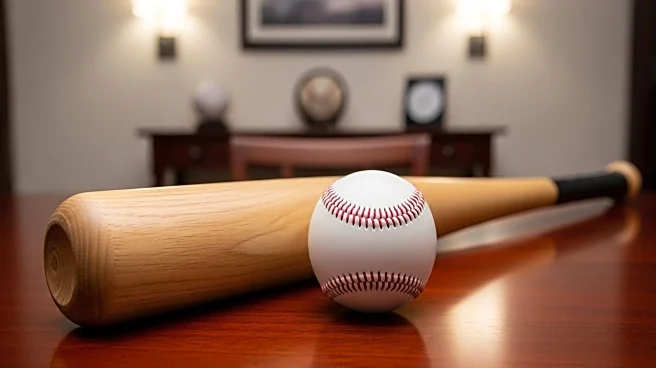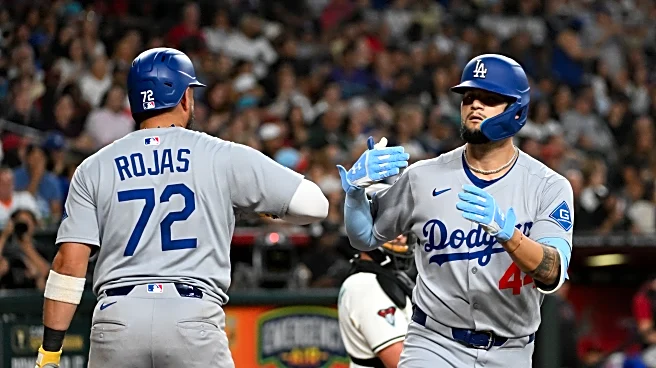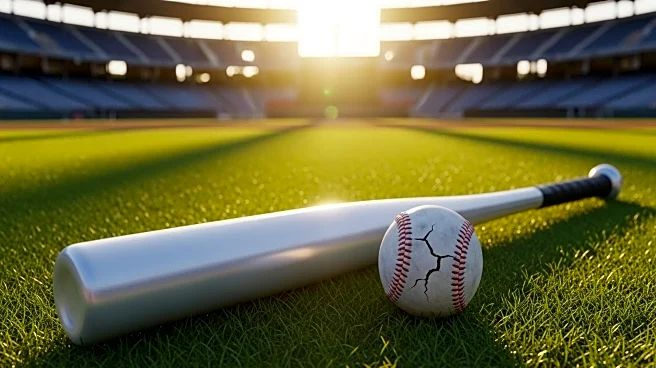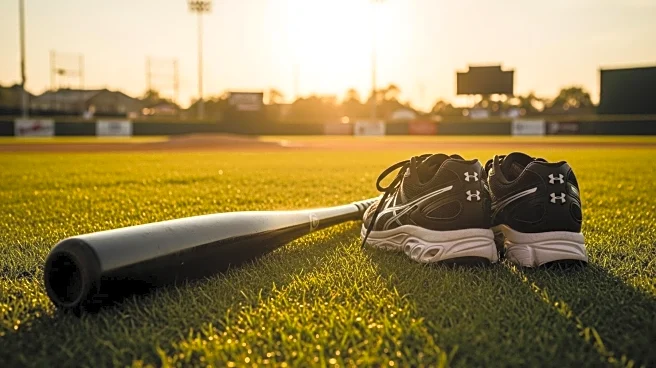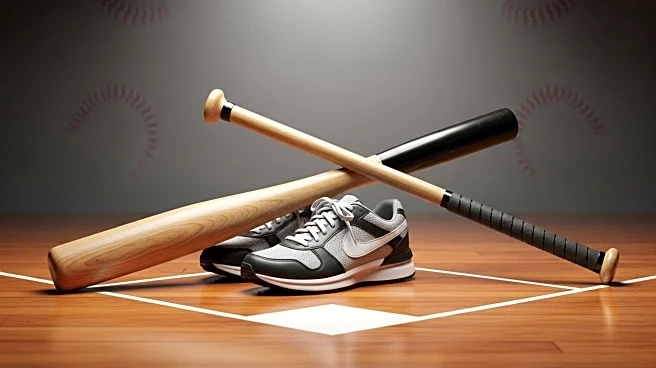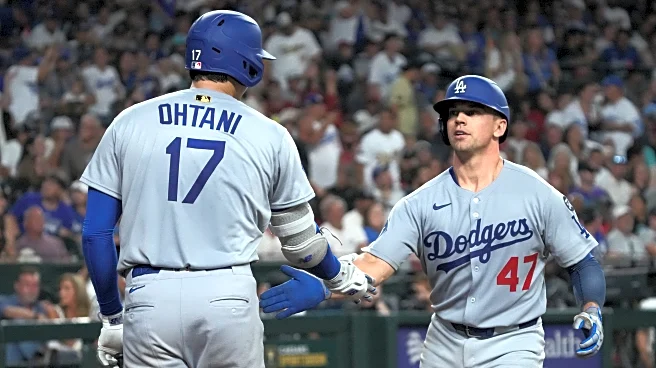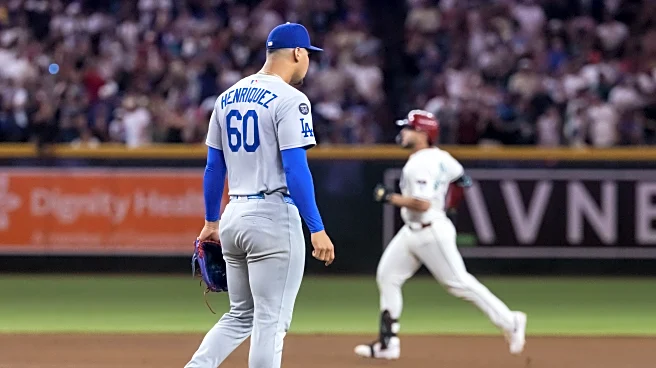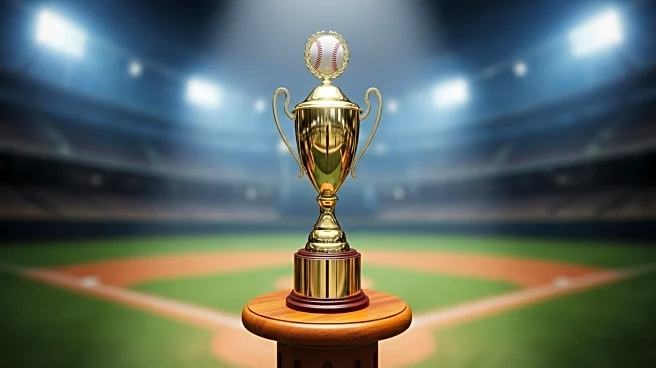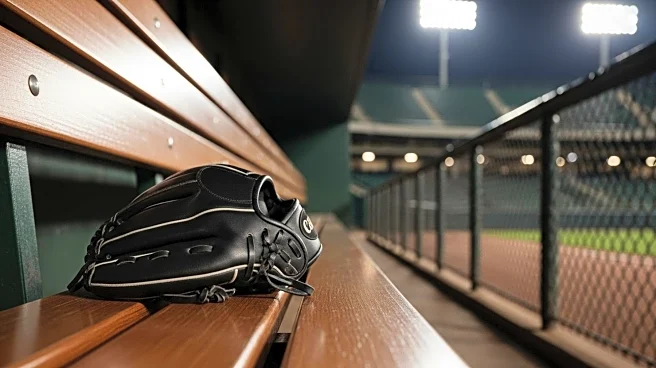Introduction
While the team gamely attempts to keep their season going and their postseason hopes alive, we can also start to look forward to a promising 2026. Jordan Lawlar represents one of the key pieces of that
hope for next year and the years beyond. The former eleventh-ranked prospect in the game has had multiple rough cups of coffee in the big leagues so far. So it shouldn’t be a surprise then why Blake asked the writers what our opinion was of the young righty and how it might inform the team’s offseason plans in the most recent Roundtable. I was pretty firmly in the, “wait and see” camp while others were at least open to the idea of moving Lawlar as part of a package to get much-needed pitching for next year and beyond. I maintain that just 92 career at-bats is not enough to even begin to evaluate a prospect’s potential despite the undeniably disappointing results he’s produced so far. In that Roundtable, I also highlighted my growing frustration with the team’s deployment of Lawlar.
Since returning to the big leagues on August 29, Lawlar has only seen 10 starts – six of which came in the first 10 days after his recall. Over the past two weeks, he’s only gotten three starts and has instead been deployed as a late-inning replacement or even an outright decoy to bait out a different relief pitcher on Tuesday. And while his season-long offensive stats are particularly putrid (a .164/.235/.262 slash line won’t make you very many friends), his bat has finally started to show some life. After going hitless in his first 11 games of the season, he actually holds a .323/.371/.516 slash line over the next 14 games. Admittedly, that does include a .400 batting average on balls in play (BABIP) which might indicate he’s been getting a little lucky, but those numbers could just as easily indicate that his confidence is growing and he’s starting to adjust to major league pitching. So what do the D-Backs do in response? Reduce his playing time of course! Now I’ve obviously never been a major leaguer, but I’ve watched enough to know that this game often requires consistency. Why then would the team limit his playing time just as he’s starting to get some momentum? I have three hypotheses as to why it might be happening.
Service-Time Manipulation
I’m sure there are plenty of more cynical readers who immediately jump to the idea that the team is holding Lawlar back to maintain his prospect status. In fairness, there is plenty of evidence those cynical readers can bring to bear of teams doing exactly that kind of manipulation. And given the substantial rewards teams can receive for successfully promoting prospects, the incentives for successfully limiting a potential ROY nominee’s plate appearances late in the year to keep their rookie status active for next season. However, based on Baseball Reference, Lawlar’s rookie status is intact through 2025 regardless of the number of plate appearances he accrues over the last few games. So that theoretically shouldn’t be informing the team’s decisions on his appearances.
Platoon Splits
If it’s not some kind of nefarious scheme by the team to keep their incentives in place, then maybe it’s a platoon thing – i.e. avoiding the weaker of the handedness splits. He hasn’t amassed enough ABs at the big league level against different pitchers to reveal any pattern with 35 plate appearances (PAs) against righties and 33 against southpaws. However, I see no evidence for this concern at the minor league level. This season, Lawlar holds a .287/.374/.527 slash line in 271 PAs against righties and a .277/.365/.446 slash line on the opposite side of the platoon in 97 PAs. There’s certainly an asterisk attached to some of those numbers given the Pacific Coast League’s penchant for inflated offense, but not enough to avoid the weak-sided platoon for an upper-level prospect like Lawlar. If he’s going to be an everyday player, he needs to get exposure to pitchers of both handedness – not be hidden against lefties.
Health Concerns
This hypothesis probably holds the most water in my opinion. Lawlar has, to put it mildly, struggled to stay healthy and on the playing field. One look at his transaction log shows the extent to which he’s been injured, rehabbed, returned, and re-injured himself. So it would make perfect sense for the team to limit his exposure to ensure he’s healthy for the offseason and next year. But if that were the case, the team has a ready-made option to put him as the designated hitter where he won’t have to worry about fielding – especially if his bat is the skill that will buoy his value moving forward. However, even with that option available to them, the team has put Lawlar at DH five times this month compared to seven at third base (not counting his pinch-hit appearances in which he did not stay in the game).
Conclusion
Regardless of the actual reason, one of the above hypotheses or something else entirely, it’s bewildering to me why the team wouldn’t try to put its best foot forward with a high-ceiling prospect like Lawlar. While Geraldo Perdomo’s extension clearly shut off Lawlar’s avenue to being the team’s shortstop of the future, the path seems perfectly clear at the hot corner. There are a couple higher-end infield prospects coming up behind Lawlar that might threaten his status, but the closest of these – LuJames Groover and Cristofer Torin – are still sitting down in AA with the Sod Poodles and likely won’t debut until late next season or 2027. That timeline also assumes both health and success at preceding levels neither of which are guaranteed for any player. There’s plenty of time for Lawlar to establish himself more fully at some infield position before those prospects come up. And if he can’t, then maybe it will actually be time to move on from the highly-touted prospect for someone who can help the team more immediately.

